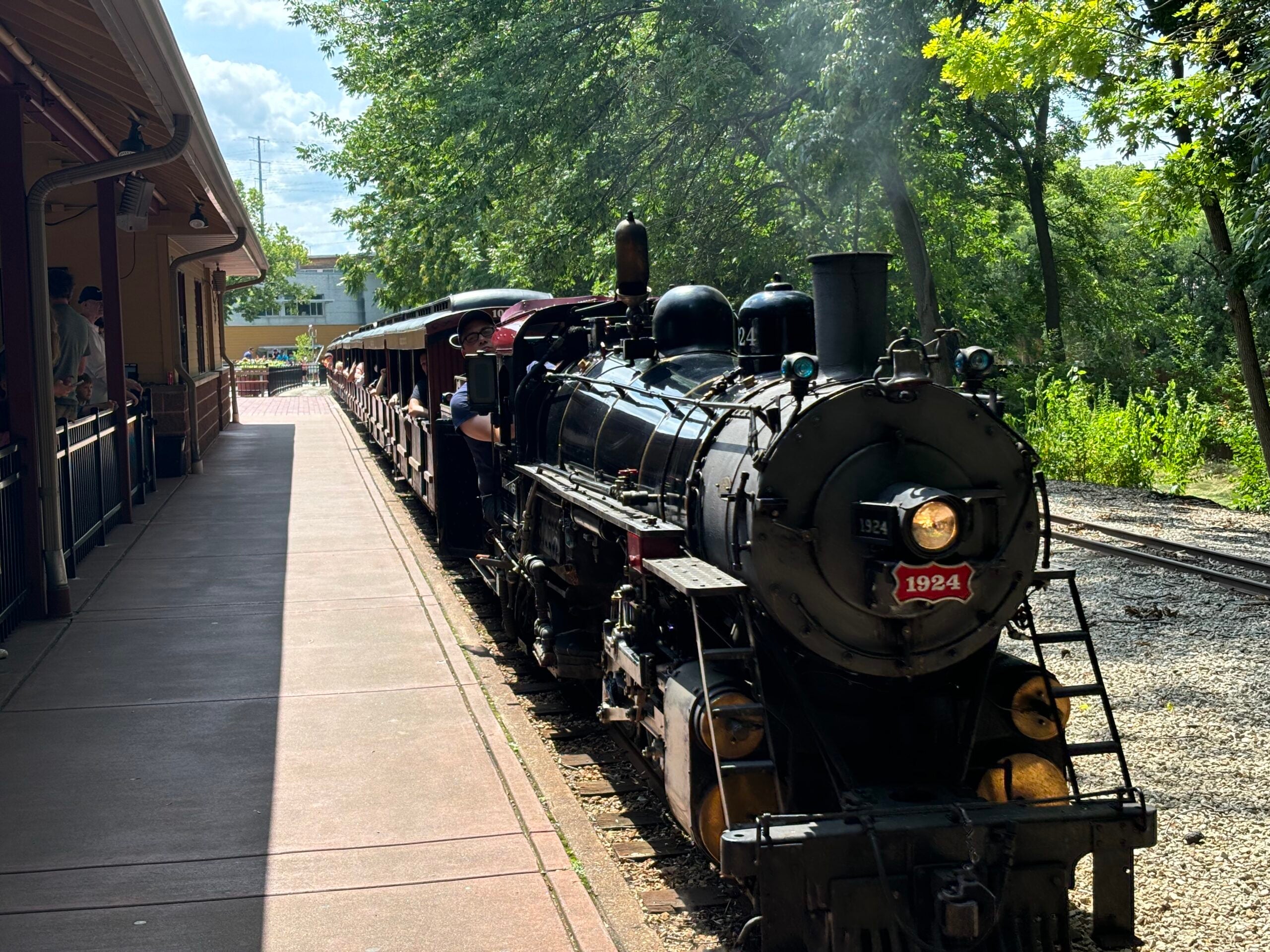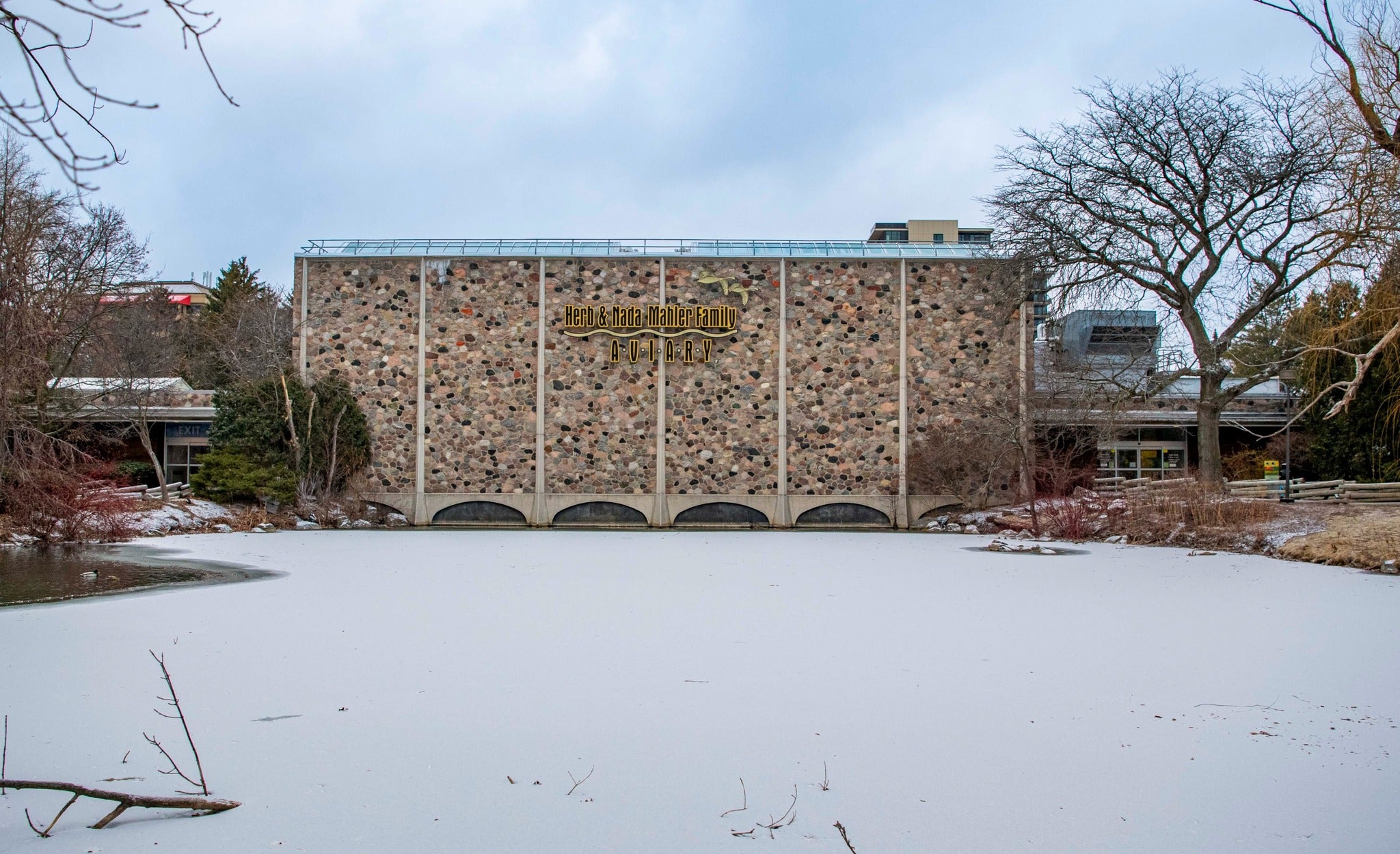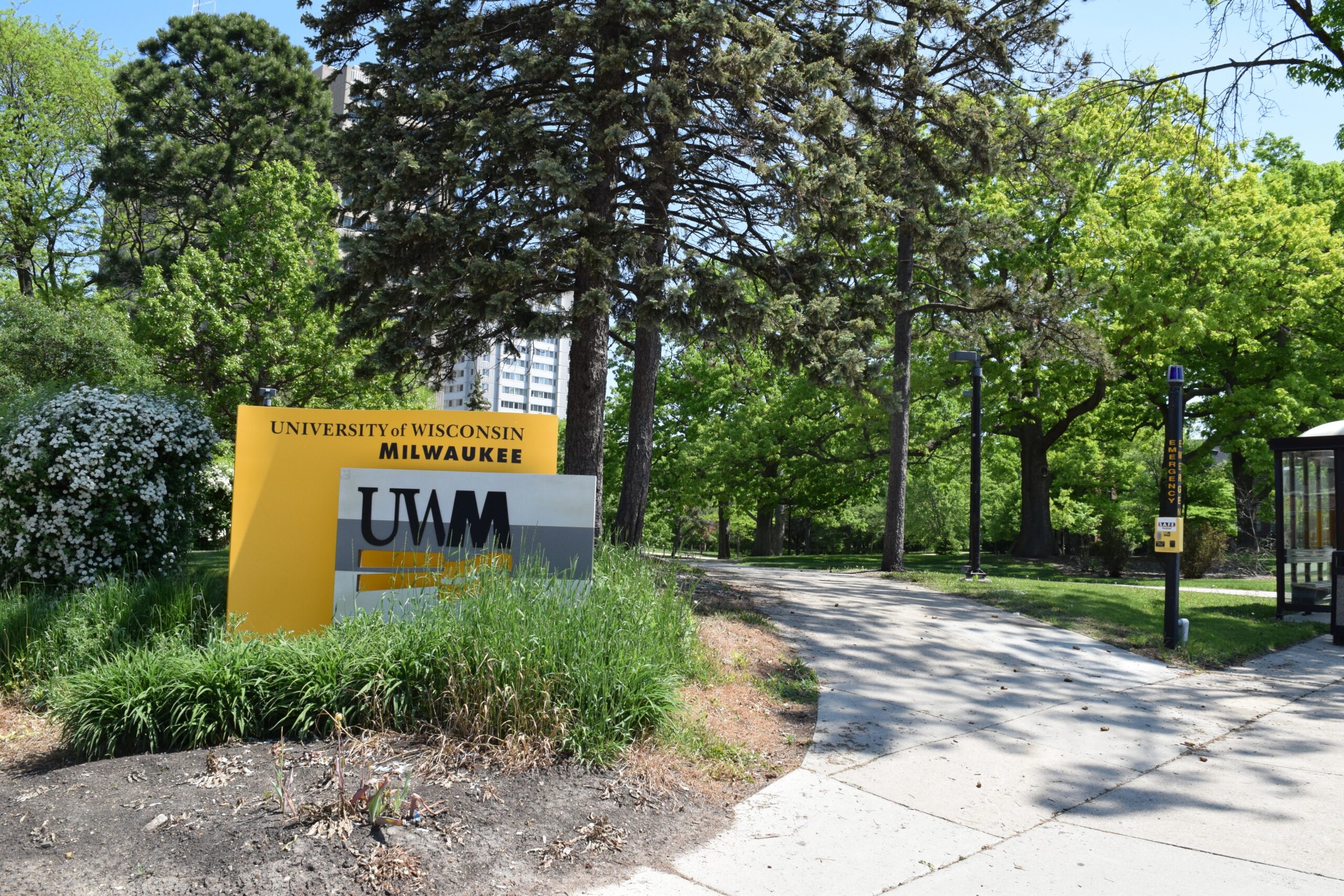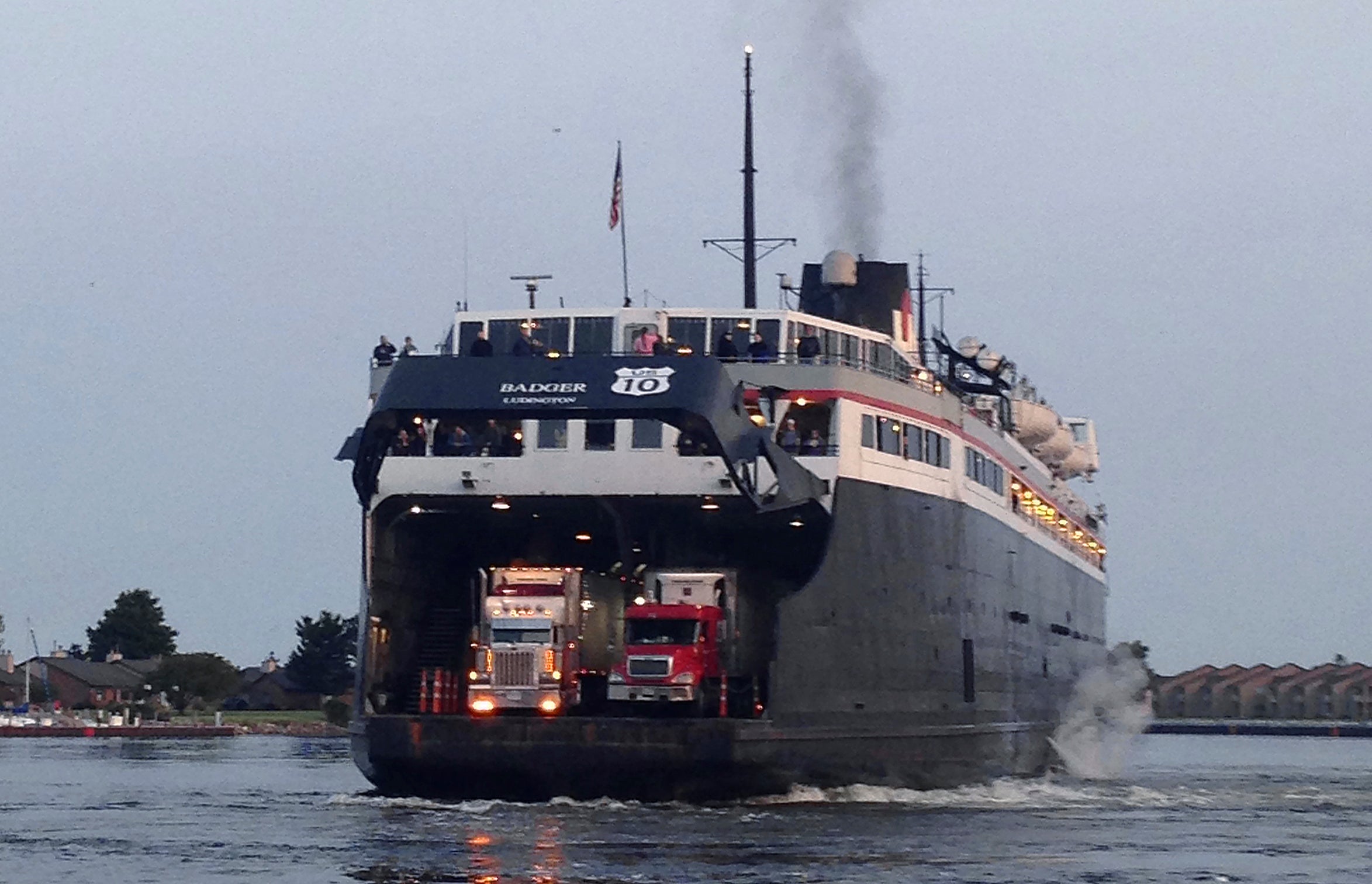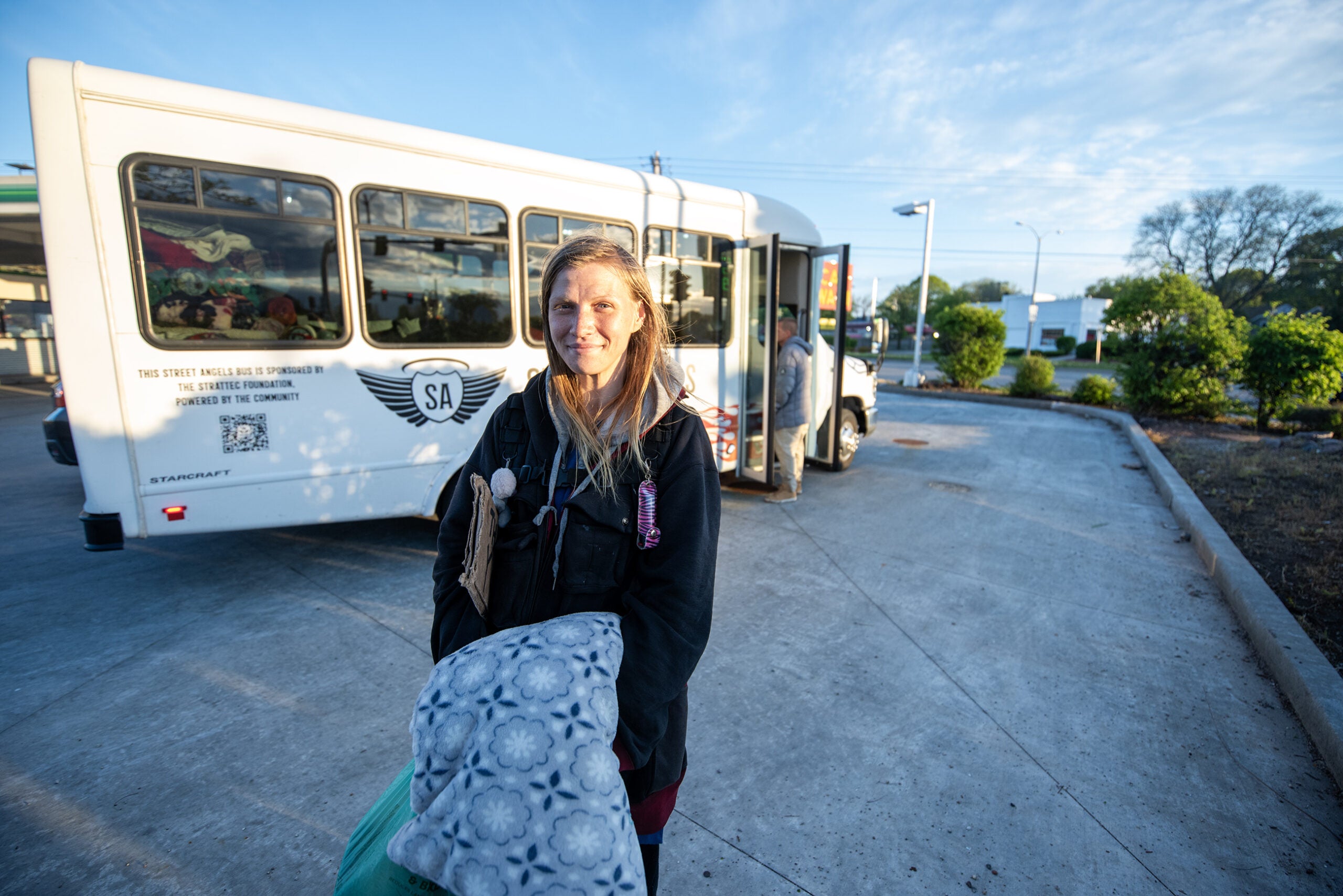Four generations of the Rosinski family filed into three train cars at the Milwaukee County Zoo for a second trip around the track in one morning. One of Kate Rosinski’s sons shouted, “All aboard!” before the train took off.
Like many families, the train ride is a tradition. Rosinski has been riding the train since her infancy. Now, decades later, her three sons ask her when they can make the annual trip from Chicago to the “Waukee Zoo,” as they call it.
“They talk about it for the whole year,” she said. “Just seeing it through their eyes is pretty amazing.”
Stay informed on the latest news
Sign up for WPR’s email newsletter.
But by November, the train ride won’t be the same.
The last steam engine is leaving the Milwaukee County Zoo in the fall. The No. 1924 steam engine is moving to the Riverside and Great Northern Preservation Society in Wisconsin Dells. It will join the other steam engine, No. 1916, which left the zoo in April. Both engines will operate as part of its living museum.
The Milwaukee County Zoo was concerned about operating the steam engines while still following its mission of conservation and sustainability. The zoo plans to replace the two steam engines with two new, custom-built diesel engines.
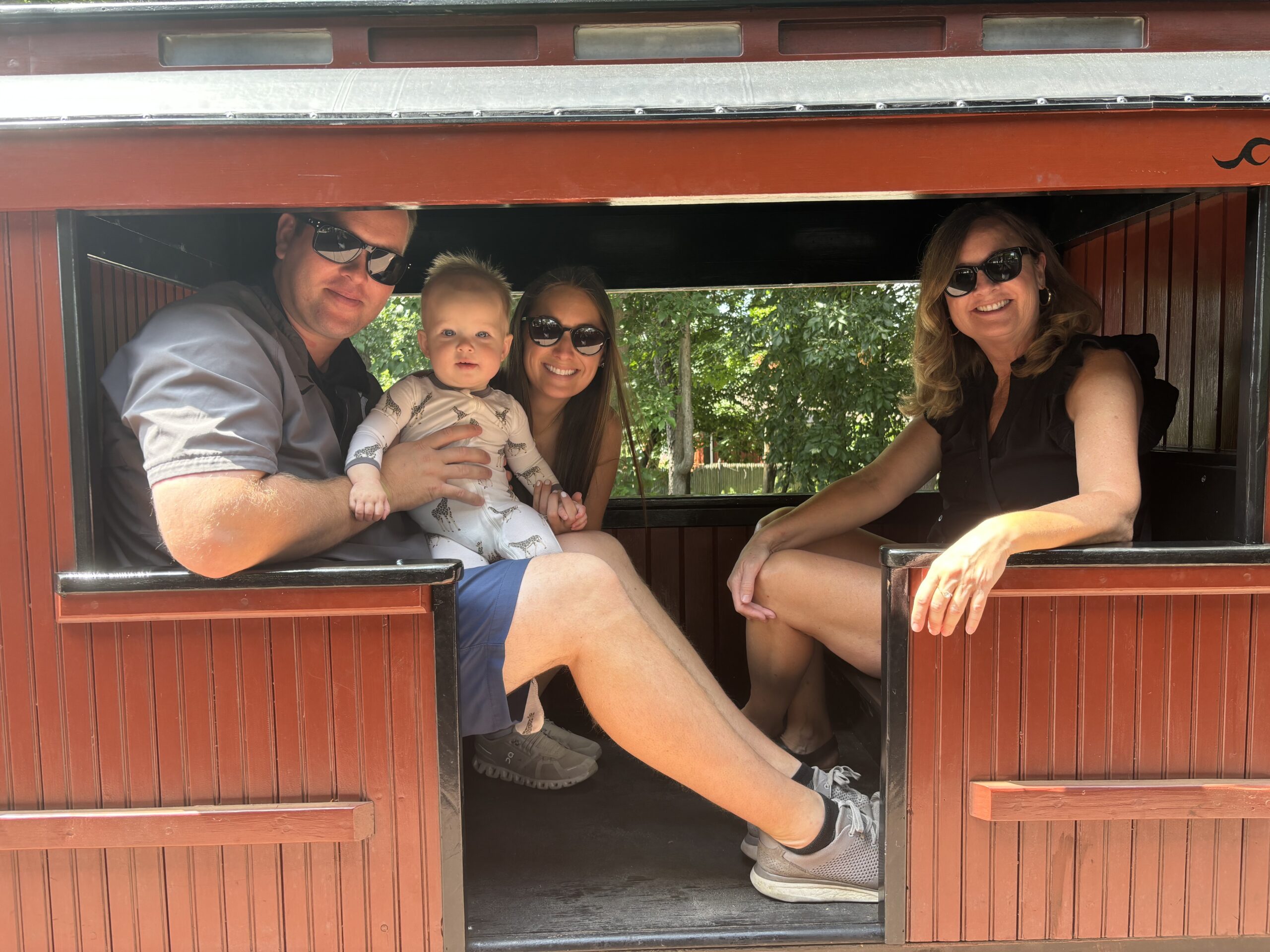
Calvin Schickel, rides and attractions lead at the zoo, said the new diesel engines will allow staff to stay on top of maintenance and run the trains more often.
“It kind of allows us to not only run a cleaner operation, a more advanced operation, but a more powerful operation,” Schickel said.
When riders disembark the train, their faces are lit up, often accompanied by laughter and exclamations of delight. Schickel said more efficient engines will mean more rides which will hopefully lead to more smiles.
Engines leave after decades at the zoo
The steam engines can take 25 trips a day, using up to 250 gallons of water. The train is set up the same way a steam locomotive would have been built 150 years ago.
Brian Krause, a train engineer at the zoo, said he enjoys the mechanics and history of the steam train.
“I’m glad to have been part of this history. It’s a privilege to be the caretaker of this locomotive right now and I consider myself lucky to be basically following it to its new home,” Krause said.
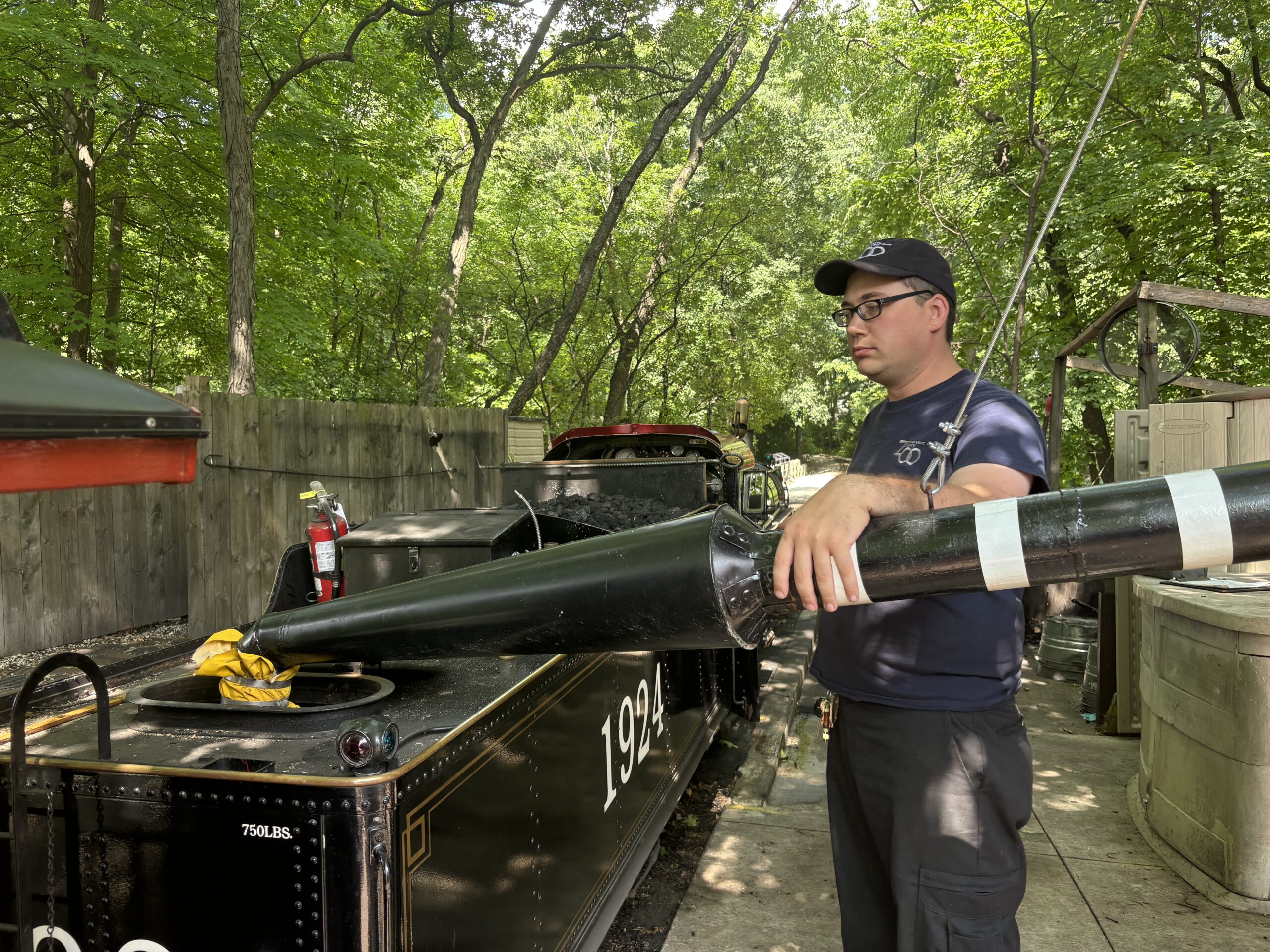
In 1956 the Milwaukee Journal newspaper contracted with the Sandley Light Railway Equipment Works to build a railway at the Milwaukee County Zoo. Its original purpose was to show off the construction of the zoo.
According to the Riverside and Great Northern Preservation Society, the recently relocated No. 1916 was delivered to the zoo in 1961. The No. 1924, which will move to Wisconsin Dells in the fall, came to the zoo in 1978. In both instances, the zoo had an increasing need to pull longer trains to accommodate ridership numbers.
The steam engines were gifts from The Milwaukee Journal; they’re named after then-Journal executives Harry Grant and Irwin Maier.
‘Something nostalgic’
About 1 million riders enjoy the various trains every year. Some riders said they are unbothered by the change from steam to diesel engines, hopeful that the ride will still be special no matter the energy source. Others will miss the steam engines specifically.
John Moker, who works in the rides and attraction department at the zoo, came in on his off day to ride the train, knowing that opportunities for rides with the steam engine are limited.
He is a train enthusiast with a Youtube channel dedicated to steam trains. He started at the zoo with the goal of becoming a train engineer one day.
“(I like) everything about it. What you smell, what you see, what you hear (and) of course that iconic steam whistle,” Moker said. “There’s something nostalgic about it.”
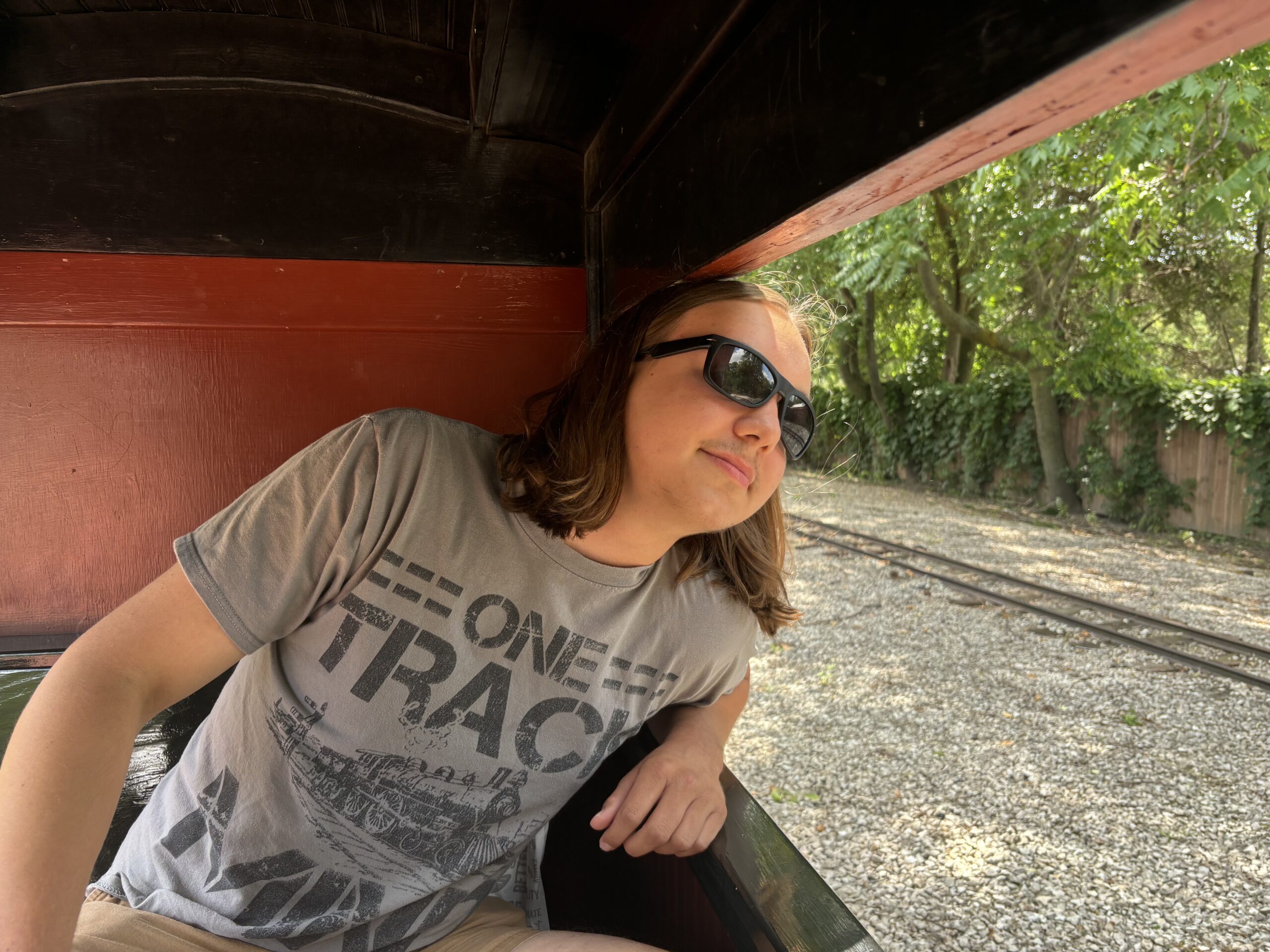
Ashley Falkenberg’s daughters Penelope and Phoebe are “big fans” of the train, often riding it several times a year.
“They always like the steam at the very front and the horn obviously,” Falkenberg said. “It’s a lot of fun to have that memory together.”
Phoebe likes to see the hand-carved wooden sculptures depicting Wisconsin wildlife from the train. She waves to all the visitors as she passes by.
“(The) smiles you get off everybody. That’s why you do the job,” Schickel said.
Wisconsin Public Radio, © Copyright 2025, Board of Regents of the University of Wisconsin System and Wisconsin Educational Communications Board.
